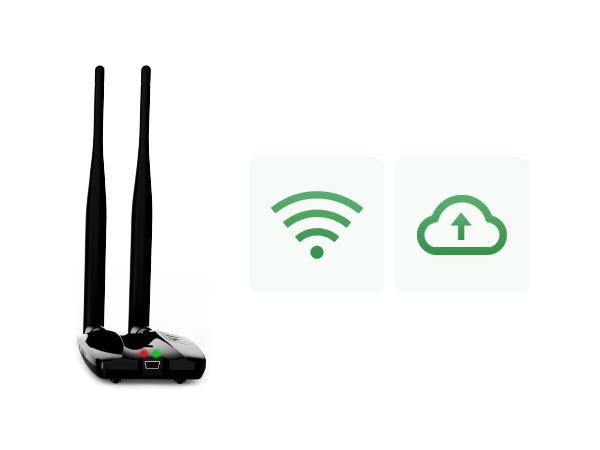Freshliance temperature data loggers offer specially designed and professional ultra-low storage solutions that are ideal for many types of tissue.

Human tissue is a valuable resource and should be stored appropriately. The temperature and method of storage are dependent on the type of tissue, its method of preservation, and its intended use. Methods of cold storage for tissue include refrigerated, frozen, or frozen-cryopreserved techniques, while simple ambient room temperature is appropriate for lyophilized, dehydrated, or desiccated tissues.

Tissues that can be kept refrigerated above freezing, 0°C to 10°C, most commonly include placental tissues, cellular tissues, and osteoarticular or osteochondral grafts. Frozen and cryopreserved human tissue must be stored at ultra-low temperatures to maintain its viability. Ultra-low freezer temperatures of -20°C to -39°C generally allow a shelf life of 6 months, whereas -40°C to -86°C allow longer terms up to 5 years. For example, tendons, skin, and osteoarticular grafts can be stored at -20°C to -39°C for 6 months or less, and at -40°C to -86°C (or colder) for up to 5 years. Frozen and cryopreserved tissues are not the same. Cryopreserved tissues are specially preserved with a solution containing a cryoprotectant. Cardiac and vascular tissues are cryopreserved and can only be stored at -100°C or colder. Reproductive tissues such as semen and ova must be stored in liquid nitrogen, in either the liquid or vapor phase. Lyophilized, dehydrated, and desiccated tissues can be stored at ambient room temperature.

A temperature monitoring system is required for both refrigerated and frozen systems, which must be utilized to document temperatures and to alert staff with audible and/or visual alarms when temperatures stray outside of set acceptable limits. Freshliance Atlas Log-200 multi-use liquid nitrogen ultra low temperature data logger can measure temperature from -200℃~to 90℃. It’s suitable for monitoring and recording the temperature of human tissue during transportation and storage. This logger can be configured on our free configuration software. You can set up to 6 alarm points. Should the temperature reach levels outside these limits, the digital display will show a notice and give an alarm sound of about 60dB at 3m. Alarm conditions can be programmed for high/low, continuous or cumulative time over the alarm. Standards of procedure require operational protocols to be in place for reviewing temperature logs, and documenting the review. When storage methods utilize liquid nitrogen cooling, monitoring of either temperature or liquid nitrogen levels is necessary, and documentation is required at regular intervals. Push the left button of Atlas Log-200 multi-use liquid nitrogen ultra low temperature data logger, you can view critical temperature information anytime during its working. The temporary mode allows this usb temperature data logger to continue working after users have generated and read the temporary report. Current data information can be viewed using the configuration software. This function is convenient for staff to check data. After recording, PDF/CSV/PDF+CSV format reports with graph and table are automatically generated, with no cable or reader required. This report can be evidence of the human tissue storage operation being compliant. Passwords also can be set to prevent others from unauthorized operations on the device.

 English
English Español
Español Русский
Русский Français
Français Deutsch
Deutsch عربي
عربي 中文
中文



